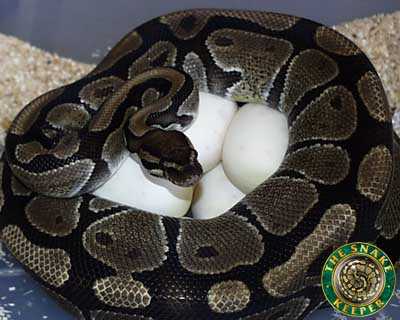 BALL PYTHON BROODING
BALL PYTHON BROODING There are over 3,000 different types of snakes that live in many different habitats all around the world, except for Antarctica. Even though all snakes have differences, all snakes have some things in common. All snakes are cold-blooded reptiles. Cold-blooded animals can’t control their blood temperature. It changes with the temperature of their surroundings. Because snakes are reptiles, they have scales to cover their bodies. No snakes have legs, but you probably knew that already. Most snakes lay eggs. Once their eggs have been laid most mother snakes leave them before they hatch. Some scientists believe that they do this to stop themselves from eating their own babies. Gross!!!! But some types of snakes, like the king cobras and pythons, do stick around until their eggs hatch. This is called brooding. All snakes shed their skin. As snakes grow they grow too big for their own skin. To shed their skin snakes will rub against a hard rock or a tree to break open the top layer of skin and wiggle out, uncovering a new layer of skin that was there all along.
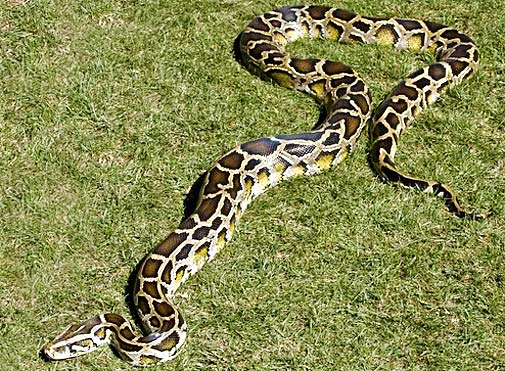
Pythons are one of the largest and most powerful types of snakes in the world. One unique characteristic of pythons is that, unlike other snakes, pythons do not chase their prey. Instead, they wait until unexpecting prey walk by and then attack. Pythons are also most active at night. Pythons are also constrictor snakes, which means they wrap around their prey and squeeze them to death. Surprisingly, some kinds of pythons can eat animals as large as deer and pigs. Holy buckets!!! Sometimes, but rarely, pythons have eaten humans, but they normally leave humans alone.
One of the python’s powerful features is camouflage. They use this ability to hide from predators such as the dingoes, crocodiles, leopards, hyenas, and eagles. They can sometimes grow up to 20 feet long, but normally they don’t get any longer than 12 feet long. There are 28 species of pythons that live across Africa, the Pacific islands, South and Southeast Asia, and Australia.
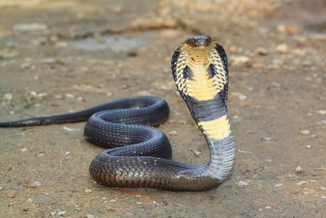
King Cobras are the largest poisonous snake in the world. They have enough venom to kill an Asian elephant. King Cobras usually grow 12 to 15 feet long, but sometimes they can grow up to 18 feet long. They usually weigh 20 pounds. When they flare their hoods their neck can become 1 foot wide. Its fangs are half an inch long. The color of their scales can be black, brown, grey or green. They normally live in China, India, Vietnam, Indonesia, Malaysia, and the Philippines. King Cobras usually hunt pythons, rat snakes, birds, lizards, other cobras, and kraits, a brightly colored and extremely venomous Asian snake. Unbelievably, King Cobras start hunting 10 days after birth. When I was 10 days old I couldn’t even walk!!!!

Black mambas usually live in southeastern and eastern Africa. They normally grow up to 6.6 to 8.2 feet long and weigh 3.3 pounds. The black mamba is the longest venomous snake in Africa. They get their name from the inside of their mouth, which is completely black. The color of their scales can be grey, olive, or brown. It eats small rodents like voles, mice, squirrels, and rats. Sometimes they can even eat birds. One of its predators is the mongoose. Unlike most animals, the mongoose are immune to the venom of the black mamba. Other threats are foxes, jackals, and large birds like the vulture.
Many people think snakes are scary, dangerous, and gross, but snakes actually help the environment. Like all animals, snakes are an important part of the ecosystem. For example, snakes help on farms because they eat the mice that might eat the crops. Snakes also help balance the population of rodents and birds throughout the world.
At first I thought that snakes were very scary, but while writing this article I changed my opinion. I still think that they are kind of scary, but now I understand them better and think that they are also really cool.
SOURCES
Bishop, Nic. Snakes. New York, NY: Scholastic Inc., 2012.
Franchino, Vicky. Black Mambas. New York, NY: Scholastic Inc., 2016.
Marisco, Katie. King Cobras. New York, NY: Scholastic Inc., 2013.
Raatma, Lucia. Pythons. New York, NY: Scholastic Inc., 2013.
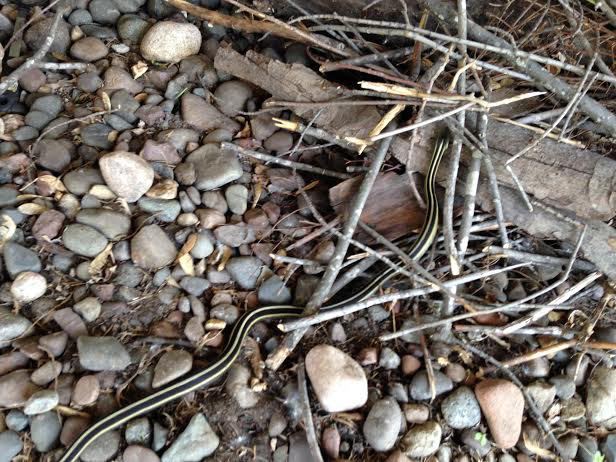
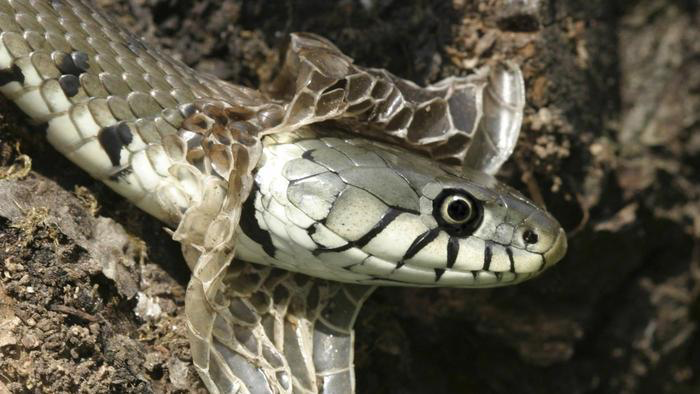
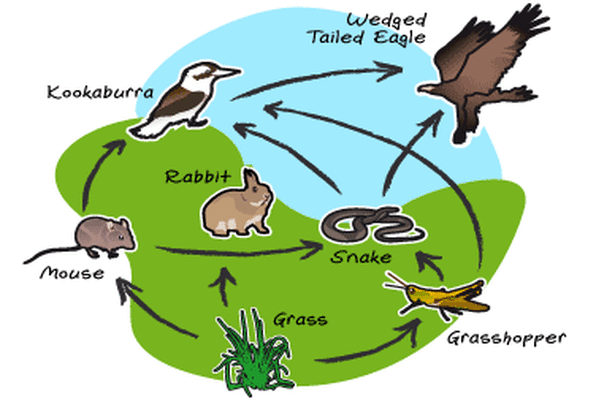
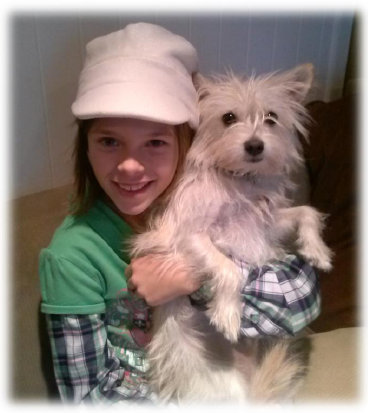

 RSS Feed
RSS Feed
